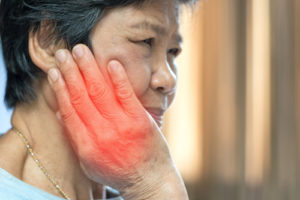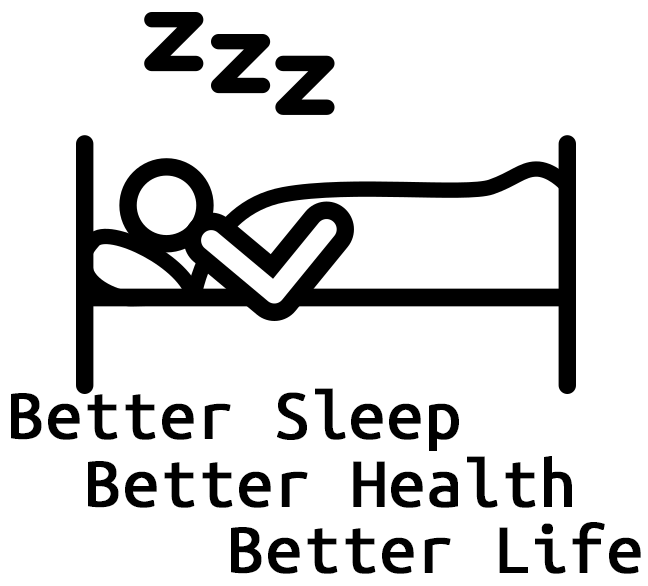TMJ
What Is It?
What Do We Do About It?
 What is TMJ? Simply, TMJ is the TemporoMandibular Joint. When you say you have TMJ, it is like saying you have knee or elbow. However, “TMJ” has become a catch-all or umbrella term for many problems that basically fit into two categories: Joint and Muscle.
What is TMJ? Simply, TMJ is the TemporoMandibular Joint. When you say you have TMJ, it is like saying you have knee or elbow. However, “TMJ” has become a catch-all or umbrella term for many problems that basically fit into two categories: Joint and Muscle.
The TM Joint is different from all other joints. When you look at a skeleton, the hips, shoulders, and jaw joints all look like ball-and-socket joints. Hips and shoulders are, but the TM joint isn’t really. While there is a ball and a socket, there is a disc interposed between the two. The disc creates an upper and lower compartment. The lower compartment allows rotation like we see in ball-and-socket while the upper compartment allows the lower jaw to slide back and forth.
This combination rotating/sliding joint works well for us. The biggest benefit is that it allows us to fit our teeth together in a position where most of our teeth fit together best. This way, our teeth do not get in the way when we chew and swallow – actually, the only time our teeth really should touch is when we swallow.
TMJ - Joint Problems
 Problems that fit into the Joint category include, but are not limited to the following:
Problems that fit into the Joint category include, but are not limited to the following:
- Popping or clicking disc – most people think that when they open their mouths and the joint pops, it is popping out of joint. Almost every time, it was out of joint when the teeth were together, and it popped back in when you opened your mouth. This can be referred to as a displaced disc that is self-reducing (Reducing Disc Displacement), In other words, you can pop the joint back “in place”.
- Non-Reducing Disc Displacement – In this situation, you may consider your jaw to be locked closed. The disc is bunched up in front of the condyle (ball) and acting like a doorstop by not allowing the sliding or translation. This also will present with the jaw opening and moving toward the affected side. In other words, if the right condyle or ball cannot slide forward while the left does, the jaw moves to the right upon opening. Usually, this started out as a disc that used to pop, but doesn’t now.
TMJ - Muscle problems
 Muscle problems include, but are not limited to, the following:
Muscle problems include, but are not limited to, the following:
- Headache
- Facial Pain
- Tension Headache
- Migraine
- Neck Pain
- Jaw Pain
- Shoulder Pain
- Front/Back Head Pain
Are You Sick and Tired of Headache / Migraine Pain?
Call Dr Hair at 770.433.2414 for a no-cost screening to see how we may help you.
Choose option 2 (current patient) to get straight to our office.
 What is TMJ? Simply, TMJ is the TemporoMandibular Joint. When you say you have TMJ, it is like saying you have knee or elbow. However, “TMJ” has become a catch-all or umbrella term for many problems that basically fit into two categories: Joint and Muscle.
What is TMJ? Simply, TMJ is the TemporoMandibular Joint. When you say you have TMJ, it is like saying you have knee or elbow. However, “TMJ” has become a catch-all or umbrella term for many problems that basically fit into two categories: Joint and Muscle.
The TM Joint is different from all other joints. When you look at a skeleton, the hips, shoulders, and jaw joints all look like ball-and-socket joints. Hips and shoulders are, but the TM joint isn’t really. While there is a ball and a socket, there is a disc interposed between the two. The disc creates an upper and lower compartment. The lower compartment allows rotation like we see in ball-and-socket while the upper compartment allows the lower jaw to slide back and forth.
This combination rotating/sliding joint works well for us. The biggest benefit is that it allows us to fit our teeth together in a position where most of our teeth fit together best. This way, our teeth do not get in the way when we chew and swallow – actually, the only time our teeth really should touch is when we swallow.
TMJ - Joint Problems
 Problems that fit into the Joint category include, but are not limited to the following:
Problems that fit into the Joint category include, but are not limited to the following:
- Popping or clicking disc – most people think that when they open their mouths and the joint pops, it is popping out of joint. Almost every time, it was out of joint when the teeth were together, and it popped back in when you opened your mouth. This can be referred to as a displaced disc that is self-reducing (Reducing Disc Displacement), In other words, you can pop the joint back “in place”.
- Non-Reducing Disc Displacement – In this situation, you may consider your jaw to be locked closed. The disc is bunched up in front of the condyle (ball) and acting like a doorstop by not allowing the sliding or translation. This also will present with the jaw opening and moving toward the affected side. In other words, if the right condyle or ball cannot slide forward while the left does, the jaw moves to the right upon opening. Usually, this started out as a disc that used to pop, but doesn’t now.
TMJ - Muscle problems
 Muscle problems include, but are not limited to, the following:
Muscle problems include, but are not limited to, the following:
- Headache
- Facial Pain
- Tension Headache
- Migraine
- Neck Pain
- Jaw Pain
- Shoulder Pain
- Front/Back Head Pain
